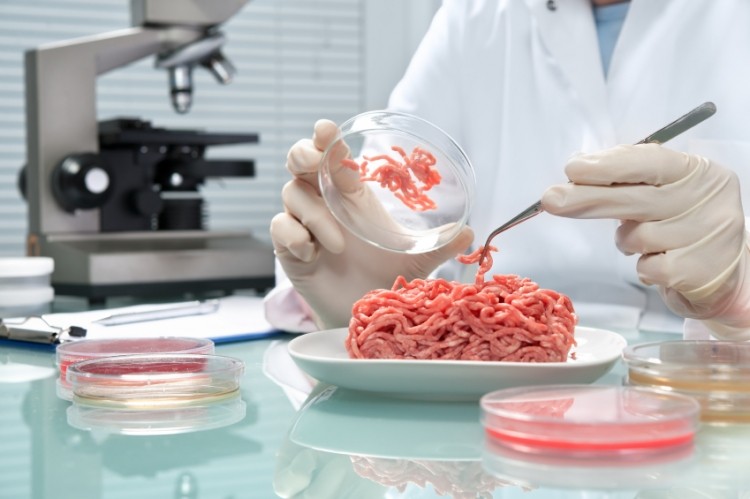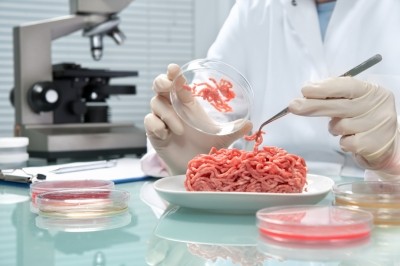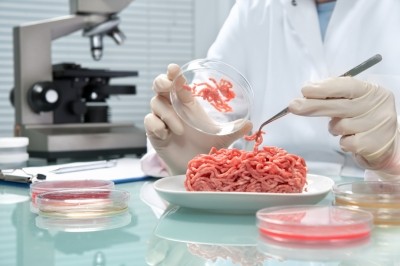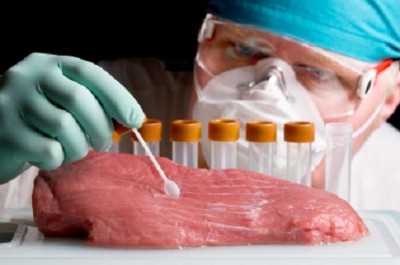If it’s natural, it’s good…but what's natural? A case study in cultured meat, E numbers and plant extracts

The researchers from the Swiss Federal Institute of Technology in Zurich (ETH Zurich) wanted to determine whether providing information with an inherent and strong symbolic meaning – such as E numbers or novel processing techniques – would influence the perceived naturalness of foods – and it does.
When a food additive was listed as an E number rather than a natural extract, or as meat grown from stem cells in a laboratory rather than traditional meat, they were seen as less natural and also more risky – even when individuals were told the potential cancer risk was the same.
This shows the importance of symbolic information and bias when making food decisions, they say.
“Even if the new production method associated with the lack of naturalness offers more benefits, such as being more environmentally friendly and less harmful to animals, the same risk is perceived as less acceptable,” write the authors.
Symbolic wording
Sütterlin & Siegrist have previously carried out research on the impact of wording and symbolic cues on food packaging. In one experiment, they gave individuals two identical cereal boxes; one listed ‘sugar’ as an ingredient while the other listed ‘fruit sugar’, a common way of expressing fructose in German.
The cereal labelled as containing ‘fruit sugar’ was seen as being healthier simply because the word fruit symbolised healthiness.
Significantly, the health halo effect remained even after the consumers were told that, from a nutrition point of view, the two products were identical.
According to the researchers, the main problems with cultured meat is trust – they don’t believe that eating it is no riskier than normal meat – and that the risk is new, unnatural risk while traditional meat is an existing and natural risk.
“Therefore, emphasizing the benefits of a new production method might be insufficient for increasing consumer acceptance,” write the authors. “To successfully introduce cultured meat, it should be marketed as a natural meat substitute. If it is perceived as a synthetic product, it seems unlikely that it will be as acceptable as traditional meat.”
The experiment
In the first part of the four-step experiment, the scientists tested the perception of E numbers, used throughout the EU and Switzerland to denote certain additives. The generally negative consumer perception surrounding E numbers, however, mean they can act as cues for food that is artificial and unhealthy, even if this is not necessarily the case – E 100 is the spice curcuma, for instance.
Participants were shown three food additives on a screen (natural orange-red food colouring curcumin; sulphur dioxide which is used to prevent fruit from browning; and the flavour enhancer glutamic acid) and asked to say how natural each one was on a scale of one to 100. When they were shown the E number, perceived naturalness fell.
The researchers then wanted to determine whether people assume that food additives – either synthetic or plant-based – with negative health effects cannot be natural.
Participants were told ‘Sugar-reduced jam contains the additive sorbic acid. This substance hinders the growth of yeasts, mould, and some bacteria’.
Depending on which group they had been assigned, they were either told: ‘Sorbic acid is synthetically produced’; “Rowan berries naturally contain sorbic acid, but it is synthetically produced” or, in the natural group: “Sorbic acid is extracted from rowan berries.”
In order to assess the health halo effect, researchers told half the participants that sorbic acid can cause a pseudo-allergic reaction.
For the consumers, the food additive obtained from a plant, without any possible negative health consequence, was perceived as the most natural.When a potential negative health effect was mentioned, the perceived naturalness fell for the natural additive, without having any impact on the synthetic one.
To take the hypothesis further, Sütterlin and Siegrist tested these perceptions on a novel production process – in-vitro meat.
While it is well known that eating large amounts of red meat is associated with health risks, most consumers seem to accept these risks, write the authors, otherwise, they would cut down on the amount of red meat they eat. But would this risk be seen as greater, or less acceptable, for lab meat?
"In the case of traditional meat, people may evaluate the acceptability of the status quo, whereas in the case of cultured meat, they may perceive the risks as additional threats to their health, differing from zero risk. This may even be the case if participants are informed that cultured meat poses the same risks as those of red meat.”
Source: Appetite
“Importance of perceived naturalness for acceptance of food additives and cultured meat”
First available online 14 March 2017, http://dx.doi.org/10.1016/j.appet.2017.03.019
Authors: Michael Siegrist and Bernadette Sütterlin

























